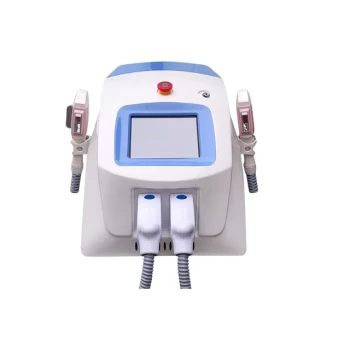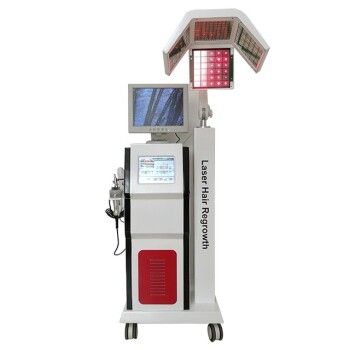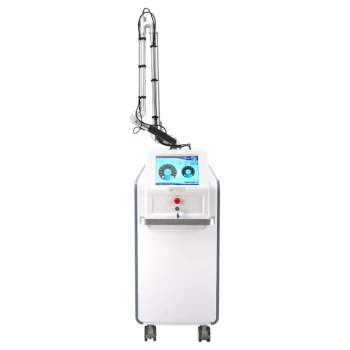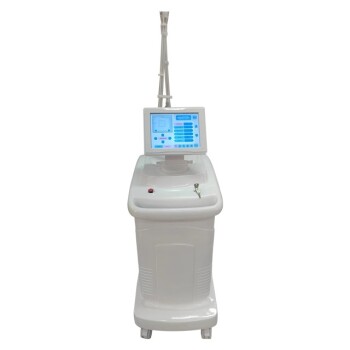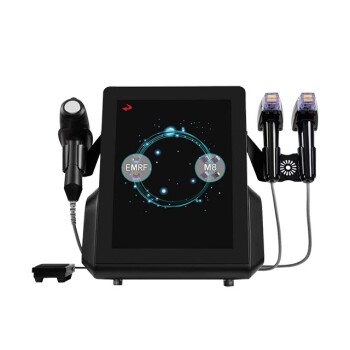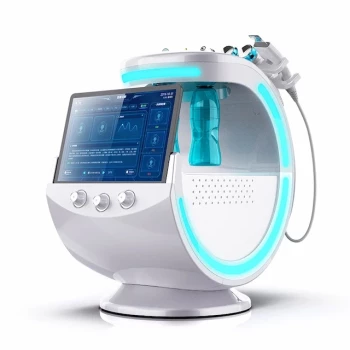Yes, many dermatologists do recommend at-home laser hair removal, but this recommendation comes with critical safety and efficacy conditions. These devices are considered a viable option primarily for individuals with a specific combination of light skin and dark hair. For the right candidate, they can offer a convenient method for hair reduction, but they are not a one-to-one replacement for professional treatments.
At-home laser hair removal devices are fundamentally a trade-off: they offer convenience and lower long-term cost in exchange for significantly less power than professional equipment. This lower power makes them safer for home use but also restricts their effectiveness to a very narrow range of skin and hair color combinations.
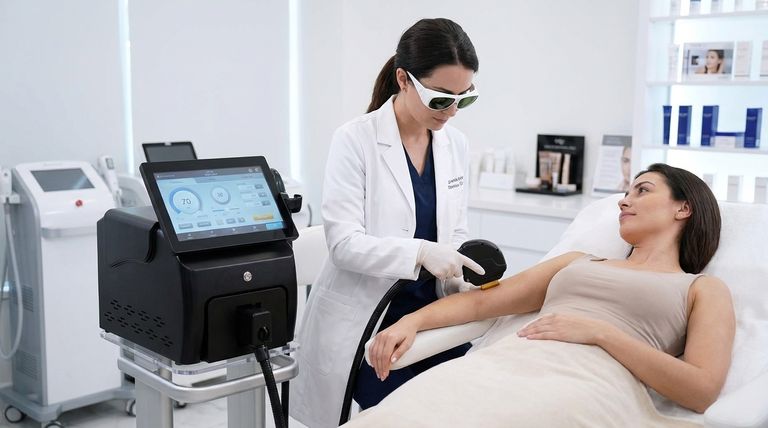
How At-Home Hair Removal Technology Works
To understand the limitations and recommendations, you must first understand the core principle behind the technology.
The Central Role of Melanin
At-home devices work by emitting a pulse of light that is absorbed by the pigment, or melanin, in the hair shaft.
This light energy is converted into heat, which travels down to the hair follicle. The goal is to damage the follicle enough to inhibit or delay future hair growth.
Why High Contrast is Non-Negotiable
The technology's effectiveness hinges on a significant contrast between your skin color and your hair color.
The device needs to "see" the dark, melanin-rich hair against a lighter, less-melanated skin background. Without this contrast, the device either cannot target the hair effectively or, more dangerously, it targets the skin.
Key Differences: At-Home vs. Professional Treatment
While they share a similar goal, at-home devices and professional, in-office treatments are vastly different in their capability and application.
Power Output and Efficacy
Professional lasers used in a dermatology clinic are immensely more powerful and can be precisely calibrated by a trained technician. This high energy is more effective at permanently destroying hair follicles.
At-home devices are intentionally designed with a much lower energy output. This is a critical safety feature to prevent users from accidentally burning themselves, but it also means the results are often hair reduction rather than permanent removal.
Technology: Laser vs. IPL
Most at-home devices are not true lasers. They use Intense Pulsed Light (IPL), which is a broad spectrum of light wavelengths.
Professional treatments typically use a single, concentrated wavelength of light (a true laser) that is more targeted and efficient at reaching the follicle.
Understanding the Trade-offs and Risks
The convenience of at-home treatment must be weighed against its inherent limitations and potential risks. An informed decision requires understanding who these devices are truly for.
The Safety Standard: FDA Clearance
The first and most important factor is FDA clearance. Do not purchase a device that has not been cleared by the FDA. This designation indicates that the device has been reviewed for safety and is effective when used exactly as directed.
The Fitzpatrick Scale: Who is a Safe Candidate?
Dermatology uses the Fitzpatrick scale to classify skin tones. At-home devices are generally only safe for skin types I through IV (from very fair to light brown).
Using these devices on darker skin tones (types V and VI) is dangerous. The light energy can be absorbed by the melanin in the skin itself, leading to burns, blistering, and permanent hyperpigmentation or discoloration.
Ineffectiveness on Light Hair
Conversely, these devices are ineffective on very light hair (blonde, grey, white, or red). This hair lacks sufficient melanin to absorb the light, so the treatment will simply not work.
Making the Right Choice for Your Goal
To determine if an at-home device is right for you, honestly assess your goals and your physical characteristics.
- If your primary focus is the most effective, permanent hair removal possible: Professional, in-office laser treatments are unequivocally the superior choice.
- If your primary focus is maintenance between professional sessions or slowing regrowth: An at-home device can be an excellent and cost-effective supplement, provided you are a safe candidate.
- If your primary focus is reducing hair on a budget and you have light skin and dark hair: An FDA-cleared at-home device is a logical and viable option to consider.
Ultimately, understanding the technology and your own candidacy is the key to achieving safe and effective results.
Summary Table:
| Aspect | At-Home Device (IPL) | Professional Treatment (Laser) |
|---|---|---|
| Best For | Maintenance, hair reduction | Permanent hair removal |
| Ideal Candidate | Light skin (Fitzpatrick I-IV), dark hair | All skin/hair types (with correct laser) |
| Technology | Intense Pulsed Light (IPL) | True, concentrated laser |
| Power & Efficacy | Lower power, slower results | High power, more effective |
| Key Consideration | FDA-cleared devices are essential | Requires a trained technician |
Upgrade Your Practice with Professional-Grade Equipment
While at-home devices serve a specific consumer niche, medical aesthetics clinics and premium beauty salons require the power, precision, and proven results of professional equipment to ensure client safety and satisfaction.
BELIS specializes in providing professional medical aesthetic equipment, empowering your business with technology that delivers superior, lasting results. Enhance your service offerings and build client trust with reliable, clinic-grade solutions.
Contact our experts today to discover the right equipment for your practice and elevate your treatment outcomes.
Visual Guide
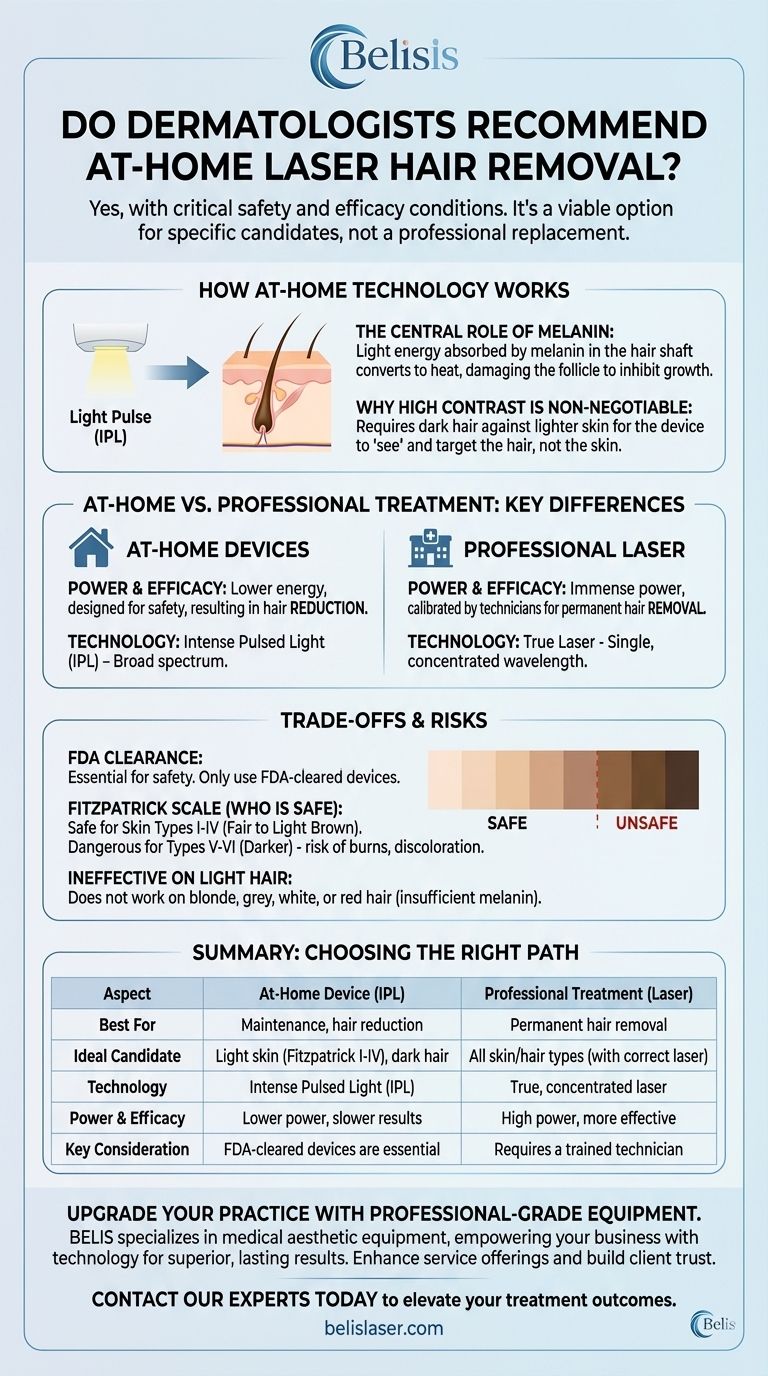
Related Products
- Trilaser Diode Hair Removal Machine for Beauty Clinic Use
- Diode Laser SHR Trilaser Hair Removal Machine for Clinic Use
- Clinic Diode Laser Hair Removal Machine with SHR and Trilaser Technology
- Diode Tri Laser Hair Removal Machine for Clinic Use
- Clinic Use IPL and SHR Hair Removal Machine with Nd Yag Laser Tattoo Removal
People Also Ask
- Can you use laser hair removal on intimate areas? Achieve Lasting Smoothness and Comfort
- Does laser hair removal build collagen? The Truth About Laser Targets and Skin Goals
- What is the best gap between laser hair removal sessions? The 4-6 Week Rule for Optimal Results
- Does laser hair removal destroy stem cells? The Key to Permanent Hair Reduction
- Who is not a good candidate for laser hair removal? Ensure Your Safety and Results





